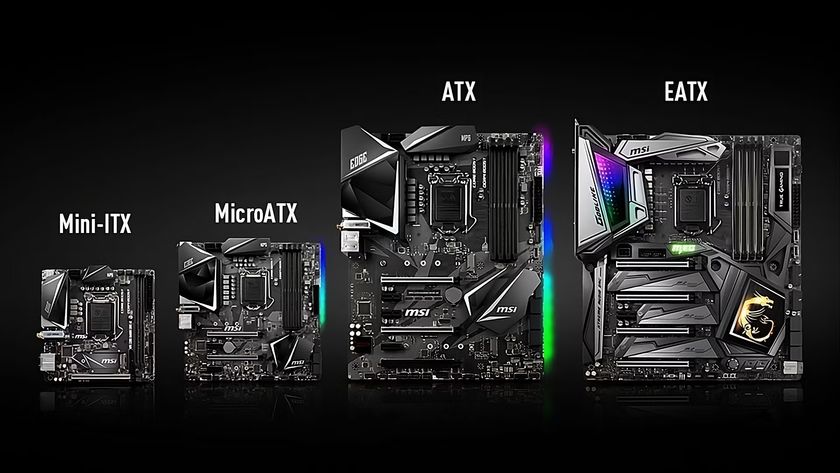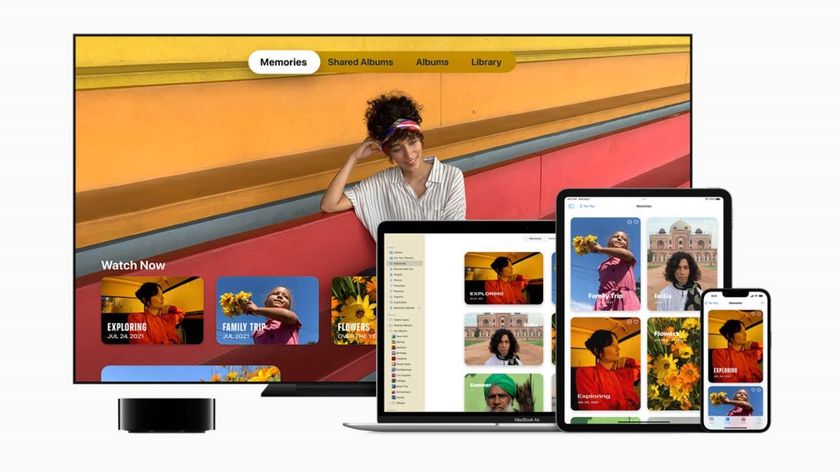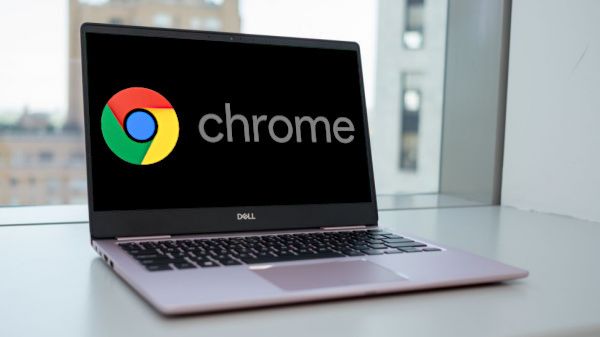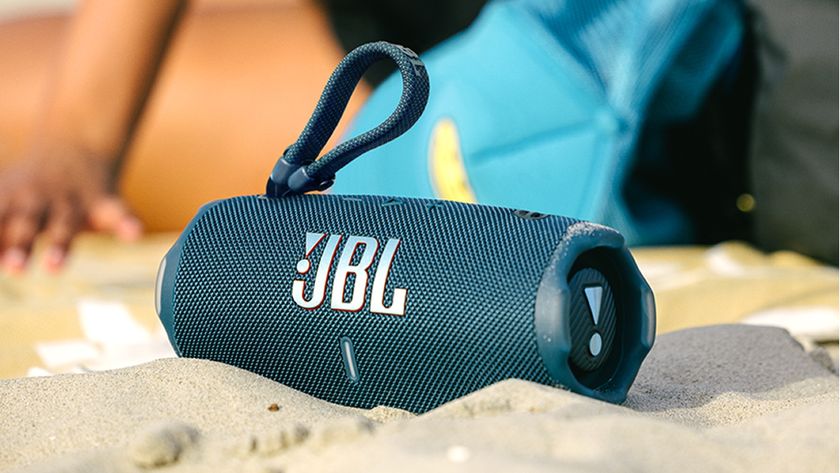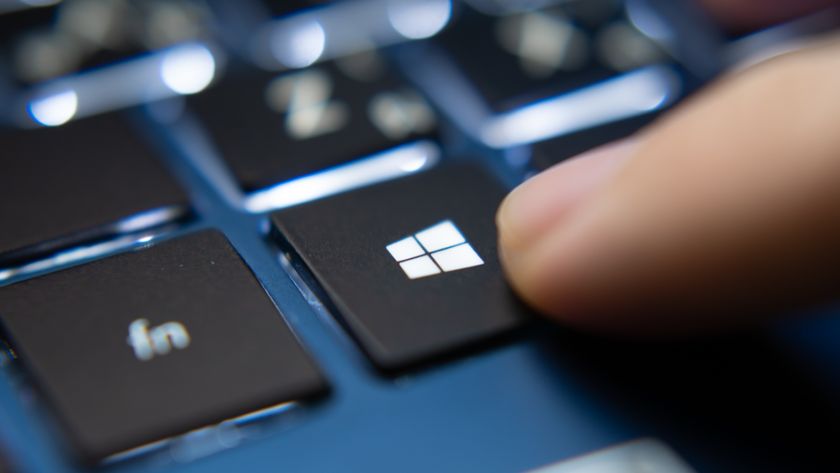The messy, doomed journey of PlayStation Home, as told by its architect
'It'll be 10 years before we see its like again'
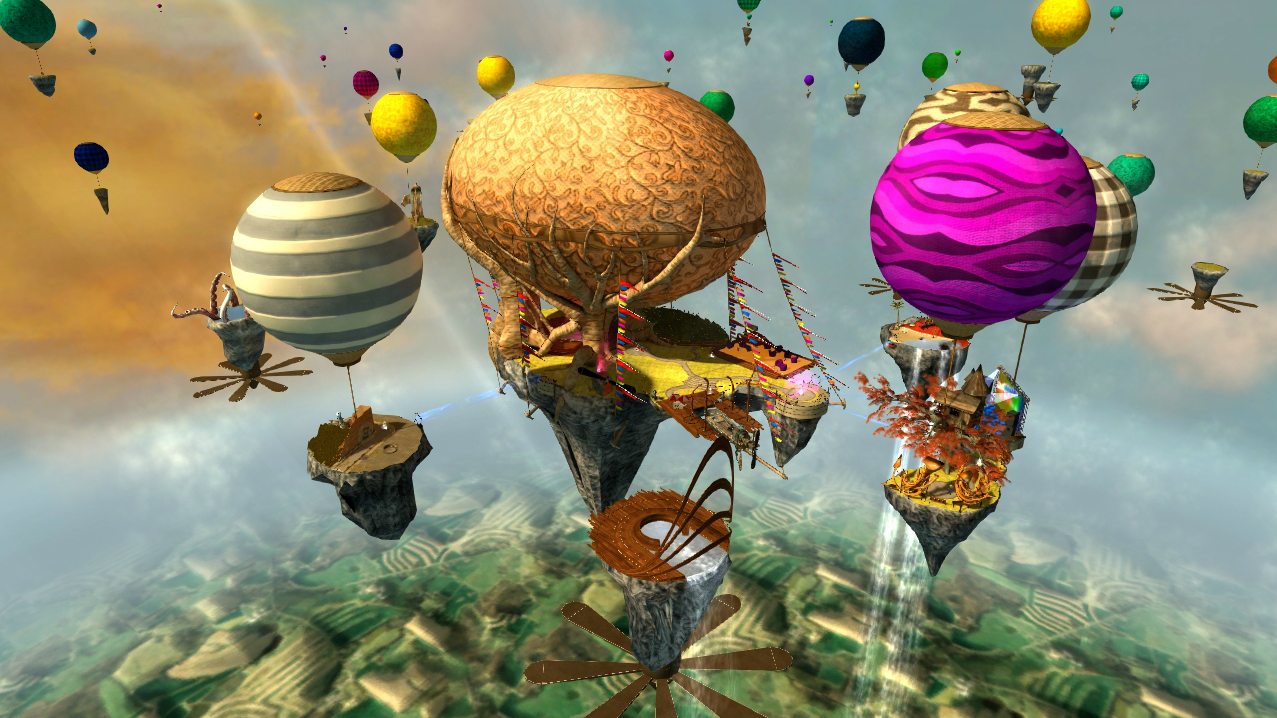
Sony has officially killed PlayStation Home. This is a revisit to an interview with Home's former architect that took place back in December.
Original interview below...
In September 2014, Sony announced that PlayStation Home will soon ask its residents to vacate the premises before closing its doors for good. Ask around and plenty of PlayStation users will tell you it's high time, but it could well be argued that Home finally has the chance to become something meaningful. Since Facebook bought Oculus VR there's been speculation that the big blue social network is working on its own Metaverse-esque social space, something PlayStation Home could have been (aided by Project Morpheus) had it stuck around.
But after six years, Sony no longer sees Home as a viable project. Not only will the social platform never make its way onto the PS4 and PS Vita, PS3 users will become totally homeless on March 31, 2015.
Naturally, the reaction has been to give Home the stamp of failure, but PlayStation own former Home Architect Oscar Clark, who launched the service, doesn't agree. "It was a massive success that everyone thinks was a failure," he tells TechRadar at Bilbao's Fun and Serious game festival. "Although it wasn't as successful as it could have been for a variety of reasons. Getting a clear strategy was difficult and it ended up being a compromise. That said, it was a pretty effective compromise in most cases. We did see a gradual evolution towards making a much more playable experience, a bigger range of games."
If you're comparing some of Home's early-day content to futuristic racer Sodium 2, which arrived later, the service has definitely come on leaps and bounds. "You could play bloody Wipeout in PlayStation Home!" says Clark. "It was called Sodium 2 but it was basically Wipeout. They had a full MMO. Could they have done better? If they were companies with bigger pockets, sure, but there are fundamental design problems. For example there was no back button... you might have Home Square but if I went off somewhere else I was in an offshoot, I had to navigate back to the Home space.
"On most [browsers] you have a home button that sends you straight back. I couldn't, in character, walk up to a teleporter to take me back to Home Square. Which meant people went off into different avenues and got lost. People even had trouble getting out of the apartment in the early days. People didn't realise they could walk out of the door. There was a door with a sign saying walk this way. People couldn't walk out the door."
Get daily insight, inspiration and deals in your inbox
Sign up for breaking news, reviews, opinion, top tech deals, and more.
Unreal estate
But these problems were fixable. The real problem was that PlayStation Home wasn't actually home at all, and Sony was resistant to the idea of bringing it social platform to the fore of the console experience, which, Clark argues, is exactly where it needed to be.
"We were investing in the experience over time, but the one thing we would never get was the one thing that really mattered," he says. "I needed to be able to exit a game to [get to] Home. Everyone thought it was going to be the other way around. Everyone thought it would be a game launching into a new game from Home, but that wasn't the key.
"The key was getting away from your game. You finish playing your game, you go to Home so you can meet the other players, talk in character, have a bit of a laugh, then go and play something else. And we couldn't' convince the Japanese team to do that, the system software guys. There were a whole bunch of technical reasons, but the primary thing was that there wasn't the political will internally to really invest in it being a replacement of the cross-media bar. It needed to be the place where you chose the content and where you returned to after."
Hugh Langley is the ex-News Editor of TechRadar. He had written for many magazines and websites including Business Insider, The Telegraph, IGN, Gizmodo, Entrepreneur Magazine, WIRED (UK), TrustedReviews, Business Insider Australia, Business Insider India, Business Insider Singapore, Wareable, The Ambient and more.
Hugh is now a correspondent at Business Insider covering Google and Alphabet, and has the unfortunate distinction of accidentally linking the TechRadar homepage to a rival publication.

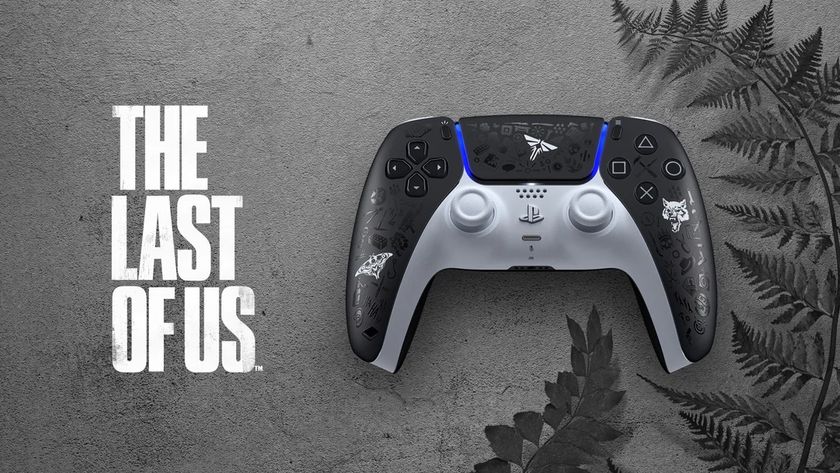
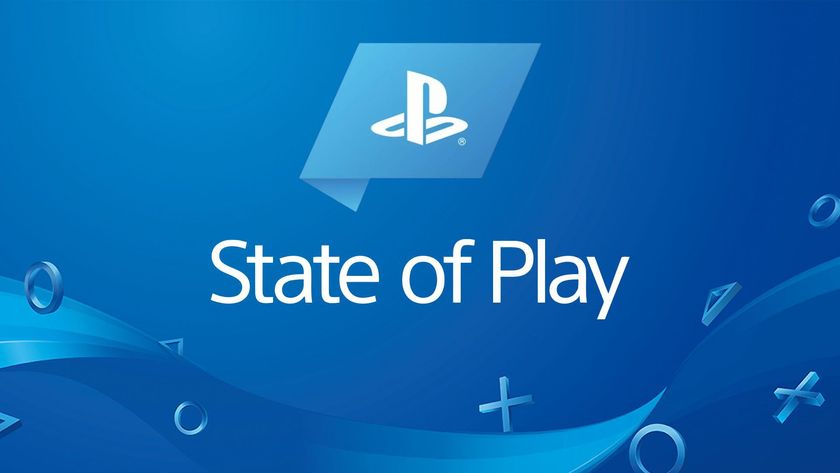
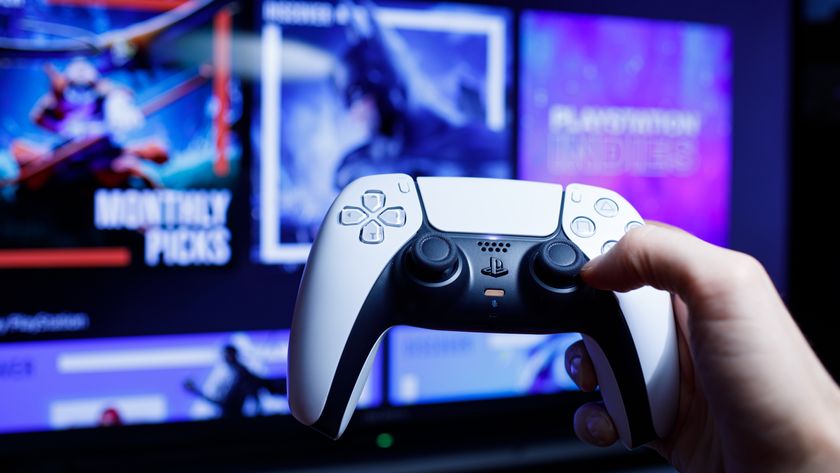
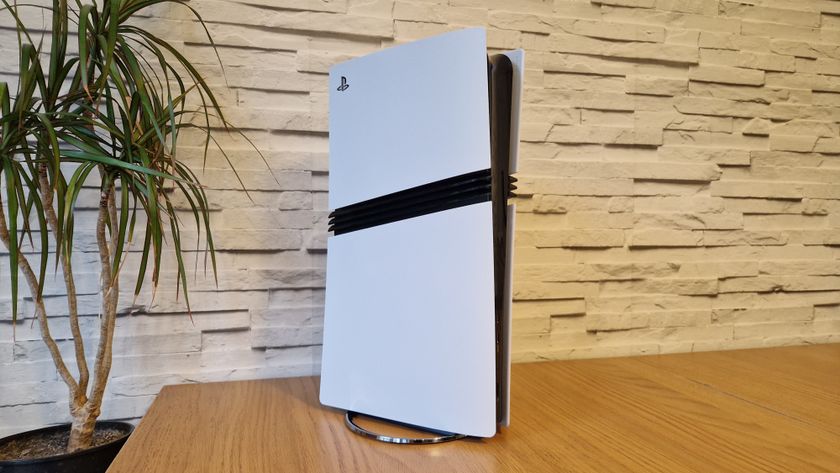
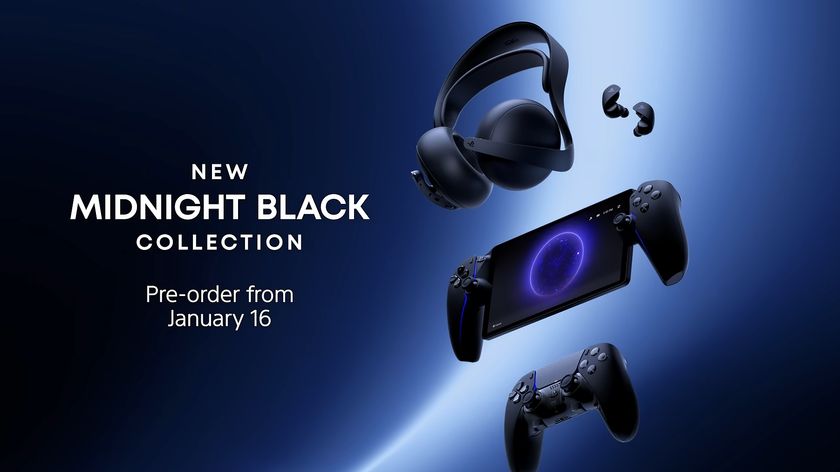
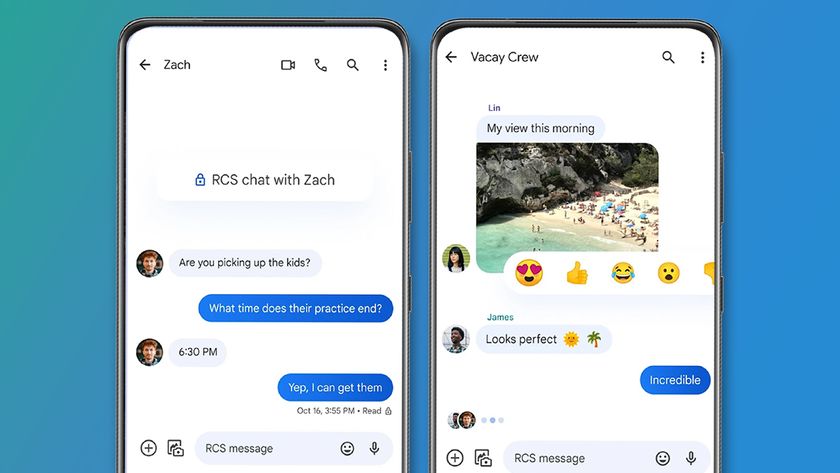

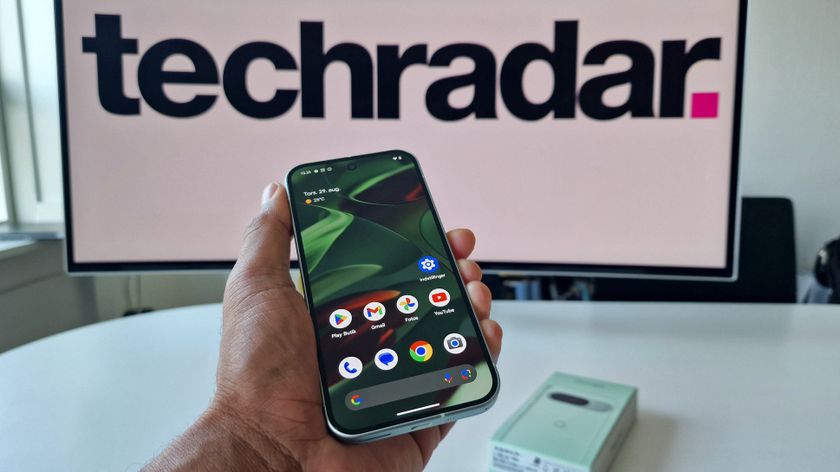
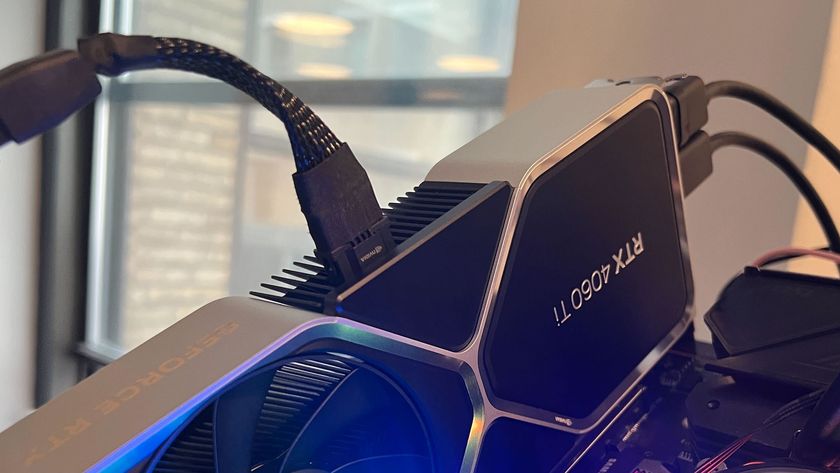

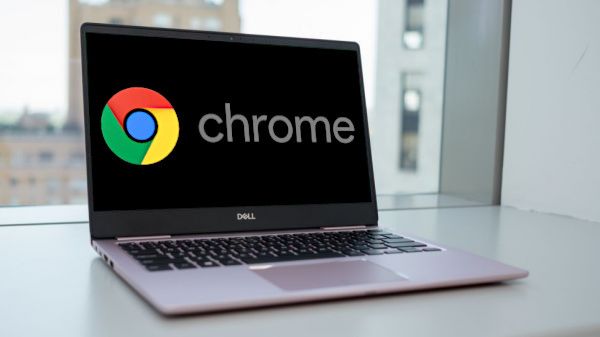

Future PlayStation games could have AI-powered characters, if this leaked prototype of Aloy is anything to go by

I can't wait to pre-order The Last of Us Limited Edition DualSense and if you're a fan too then I've got all the the information and best links to bookmark right now

